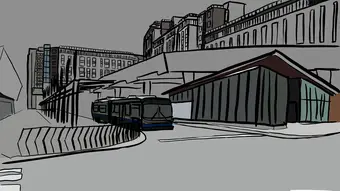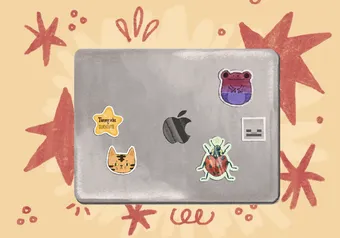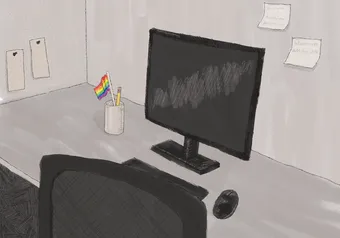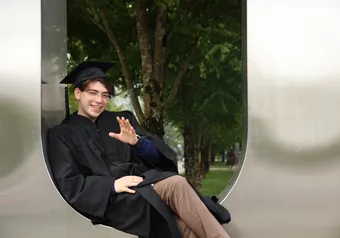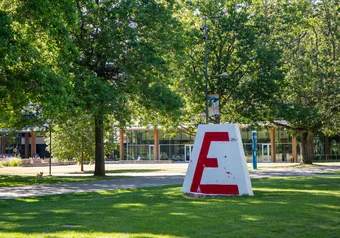As The University of Blighted Caramba (UBC)’s construction of its new bus loop draws to a close, it’s time to ask the only remaining question: what did it cost? While on paper, the answer may seem to be $22 million, the truth actually lies closer to the eradication of an entire culture and university demographic.
Translated, UBC’s FlansBlink transportation transformation is nothing short of a thinly veiled public works project intended to gentrify the area and snuff out the little, yet vibrant, culture that remains.
For years, the loop has been defined as a staple for anyone looking to get kitted up before a weekend night on the town. Countless bars and food venues lined the street, selling items ranging from carb-heavy entrées to carb-heavy alcohol.
But with last year’s departure of the popular pub Baloney & Sons and $5 pizza deals that are no longer $5, it’s hard to say that any such tradition remains.
Instead, the loop is now home to aristocrats who believe balsamic vinegar is an ice cream flavour and who use their daddies’ Teslas to drive rather than take the bus like the dregs of society do.
Last summer also saw the completion of UBC’s new, bus-loopfocused student residence, Texchange. Rather than providing more housing options for students, Texchange’s patio has, instead, become a natural meeting ground for upper-class ‘people of culture.’ Most notably, ‘Texchange Elites’ consider the Blest’s Grossery Checkedout to be affordable and see the 68 bus route as a fun way to take day trips to the dilapidated Place Flanier so they can connect with the common person.
Yet with all gentrification projects, it is important to see if some of the oft-cited benefits were achieved: namely an increase in education and a decrease in crime rate within the community.
After polling multiple people waiting at the bus loop, The Main Maller found that nearly 100 per cent of riders were enrolled in some form of higher education.
While impressive, these findings are literally indistinguishable from the results of polls taken prior to the project’s inception.
As for crime, it seems results are largely the same. Students’ bikes are still being stolen and over-priced tuitions and fees are still going toward huge turf fields over natural green spaces.
First online
Share this article


